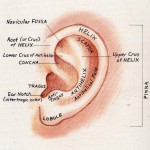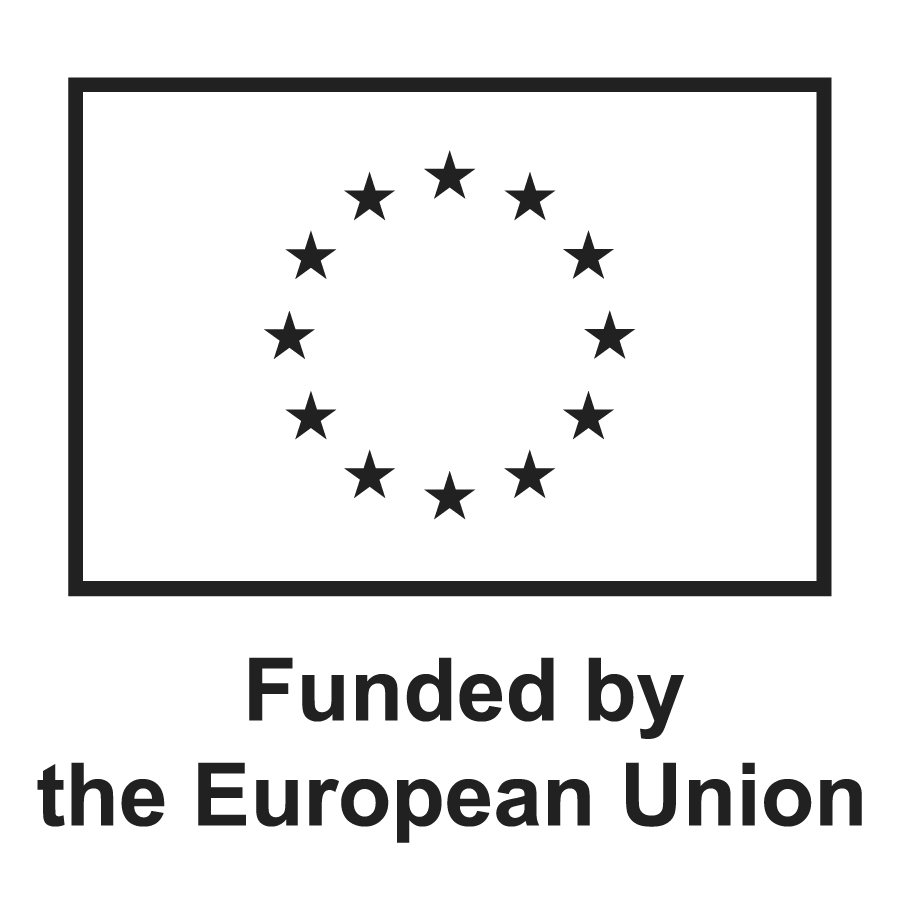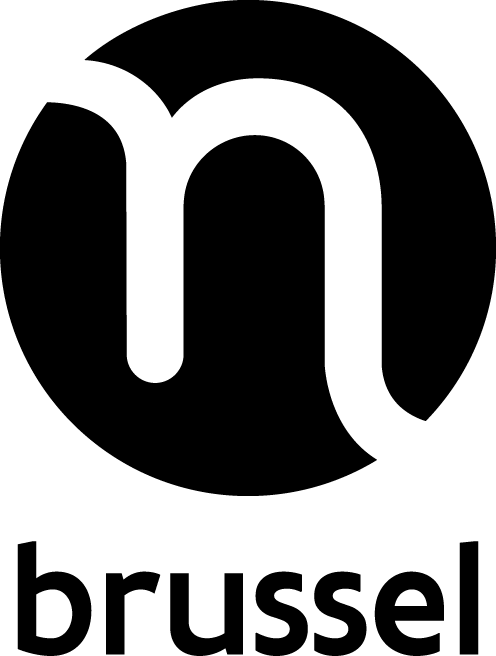

compositions, improvisation, curated listening, workshops.
This day is a follow-up on the Interpretations-festival of last December 2014.
workshops:::
14:00 Inge Vanden Kroonenberg : Geräusche und Stimmungen (part I : workshop voice) 60′
“Voice, articulation, and sound, as well as the speech organs involved in their production, can not only direct the creation of meaning but are also capable of disrupting it.” Julia Kristevas
In this workshop we are going to explore the material and auditory aspects of the voice by using non-linguistic syllables and noises as musical onomatopoeia.
15:15 Primoz Sukic & Ruben Orio : Hearing with the eyes. (image & sound) 60′
Through different historical examples of how image and sound interact, we will be presenting our own project of making a soundtrack for a silent movie by Mikhail Kaufman and how we approach the connection between both of them. Beside that, a live improvisation on the selected moving picture will take place with the workshop participants, who are kindly invited to bring their own instruments.
16:30 Dejana Sekulic : Talking Space (performance workshop) 60′
What if the silence, intertwined with sounds we make, is a voice of a space? What is it telling us?
An excerpt from John Cage’s “Silence: Lectures and Writings” is translated into morse code and performed with clapping (S. Reich tribute). Afterwards, from the recording, an attempt will be made to translate silence to morse code, and then words, to get the story (the response) of the space. Everybody present participates. This is a work in progress that is developed with custom made instruments, that will attempt to do this translation of silence in real-time, live during the performance. For this occasion however the workshop and performance will have two phases: working on one clap version for having as much clarity and precision, to be later used for analysis and second one with descriptive sound attributes, to put an accent on sonar quality and interpretative nuance possibilities of “a dot and a line”.
Possibility to extract a performance for evening: variable time, from 15 to 30 minutes.
18:00 Frederik K. Donche – Curated listening to recorded music 50′
Duplicated in very different quantities, recorded musics are ubiquitous or rather hidden, forgotten.
This curated listening favours the hidden recorded musics.
You never hear a piece of music by itself.
You hear it in relation to all musics you have heard before.
You hear it in relation to facts and details you might know about the music.
Therefore every listening experience is truly unique and will change any future listening experience.
Prior to this listening you will receive some accurate information about the works chosen, yet never the exact same information as someone else listening.
During the listening you can write down your impressions.
After the listening you can talk about the music with other listeners.
dinner break
20:30 evening performances:::
Primoz Sukic : Vinko Globokar: Dialog über Wasser (for electric and acoustic guitar)
As a part of four different “Dialogues” for solo instruments (Double bass, accordion, guitar and percussion) the work for guitar presents two possibilities. It can be either played as a guitar duo, or the electric guitar can be previously recorded and broadcasted through the speakers. The solid states of water are represented by the electric guitar sounds which conditions the life of the acoustic one, representing the liquid, changeable state. At the beginning and the end of the piece also a Slovenian folk the appears.
Benjamin Maneyrol : Gérard Grisey’s experiments on music perception – Charme for clarinet solo
When Grisey speaks of his music, he defines it as differential (in opposition to equalized or ranked).
In his youth piece Charme for solo clarinet, he is already experiencing with this element.
He tries to offer the audience an experience of sounds free of traditionnal structures, just focused on time and evolution.
But is our mind capable of adapting to a way of listening that isn’t natural? Is music about structure, or is it just about experiencing sounds in time? Does our mind has enough abstraction capability to go beyond structuring and organizing?
We will explore the limit of our perception, experiencing Grisey’s theory with his music.
Inge Vande Kroonenberg : Geräusche und Stimmungen (part II: performance)
Duration Piece #11
An interpretation of the work Duration Piece #11 (1969) by Conceptuel Artist Douglas Huebler (1924 -1997). In this piece, voice and analog synthesizer build on a slow, purposeful unfolding of sound.
Primoz Sukic, guitar & Jacob Storer, dance : [con] sequenza – a duet for tho performers on Sequenza XI by Luciano Berio
The work explores the movement and gestures of the performer by deconstructing and commenting on the original structure of Berio’s guitar work, resulting in a new coherent composition of body movement, speech and musical fragments of the Sequenza XI, with constant interruptions between the two performers.
Ruben Orio, percussions & Sara Baldini, flute & Pieter Pellens, saxophone & Joan Bages, composer : What creates the personal language of a composer?
We’ll try to discover it through this series of three pieces:
LHC (three amplified snare drums and amplified bass flute
Grans (for three amplified snare drums and electronics)
Quarks blaus (for amplified baritone saxophone, three amplified snares drums and electronic music)
For this triptych the catalan composer Joan Bages used as catalyst idea the particle accelerator, named LHC (Large Hadron Collider), located in Geneva (Switzerland). The goal of this huge machine is to let subatomic particles, like protons, collide at high speed. The results will help scientists answer some of the fundamental open questions in physics, concerning the basic laws governing the universe and the life around us. In this works the high speed particles generated by the musicians generate materials and forms that interact.
We ask the audience to pay attention to this material generated in the three pieces and give us some feedback, helping us to answer to our initial question.

 Sebastian Dingens - WALKS
Sebastian Dingens - WALKS

 Pavel Tchikov 29/11/23
Pavel Tchikov 29/11/23

 Nika Son - Scatter
Nika Son - Scatter


